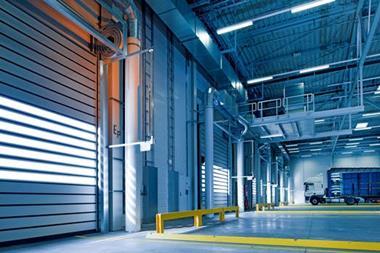US - Capital value movements have returned to positive territory in the US after two and a half years of write-downs, but economic doubts are preventing a rush of capital from investors, according to Investment Property Databank (IPD).
The latest IPD US Quarterly Property Index showed a positive capital return of 2.2% for the second quarter, contributing to a 4% total return.
The NCREIF Property Index also showed positive returns for the same period, slightly lower at 3.3%.
However, IPD also found that redemptions from core real estate funds in the US were still outweighing capital inflows from investors, despite the market appearing to bottom out.
Simon Fairchild, managing director at IPD North America, said: "Some funds are experiencing substantial inflows of new money while the aggregate position points to overall redemptions.
"At this stage in the cycle, we would expect to see investors coming back in to buy assets at the re-priced levels, which have now fallen by more than a third, but the overall net disinvestment reveals an inconsistent pattern of fund activity."
The pace of disinvestment among US funds has decreased by more than a third from -$612m in the first quarter to -$347m in second.
But the pace of outflows is still enough to render net investments negative.
Some investors may be putting off new commitments to US real estate given the uncertain economic outlook.
The economic picture has been made worse by recent negative US housing data that shows sales of new homes fell 12.4% in July.
Fairchild said: "The return to capital appreciation could be a brief one, with the economic picture worsening again.
"If this does prove to be a brief respite before further unwinding, investors will need to be prepared for setbacks, with increased volatility in the performance of their investments."
But the lack of capital inflows may also be down to a lack of appropriate core assets in the US available at attractive prices, as all investors chase the prime end of the market.
"The capital flowing back into US real estate is risk-averse and chasing prime stock that owners do not want to sell," Fairchild said.
"Perversely, at the prime end, the environment is operating as a sellers' market, with prime stock-owners demanding premiums to consider transactions.
"All of this confirms the pick-up in the market is far from uniform."












